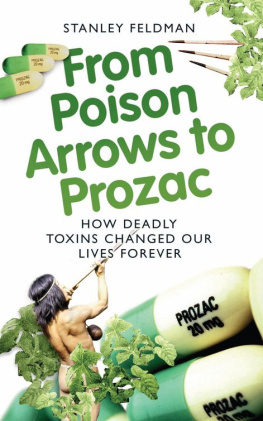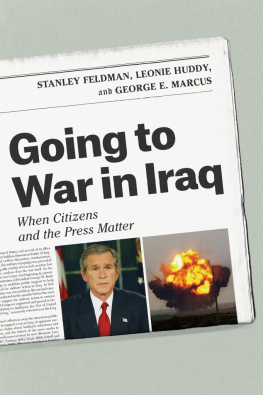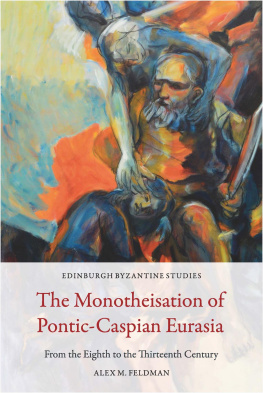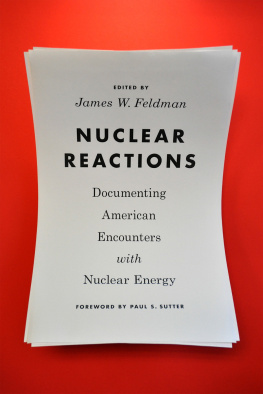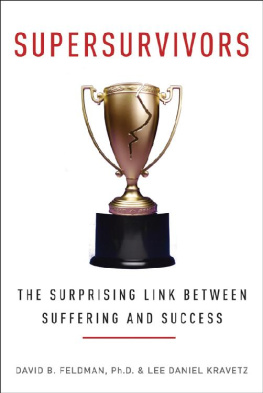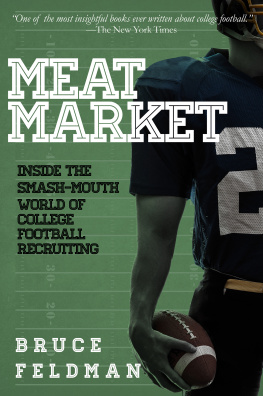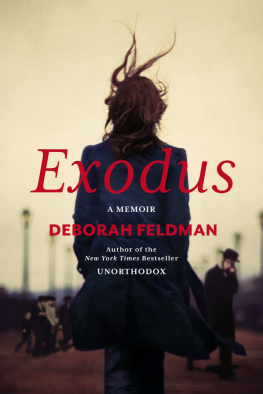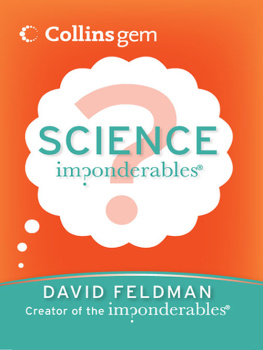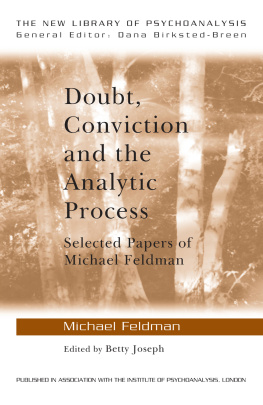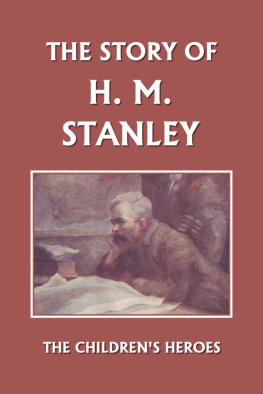T he words toxinsand toxicologyrefer to poisons and the study of poisonous substances. These words are derived from the Greek toxon, a bow, and, when it is combined with philos, loving, it gives the sport of archery its name: toxophily. How, over the course of many years, bows and arrows came to be associated with noxious substances and poisons is the starting point of this book.
It is known that, since biblical times, hunters and warriors smeared their arrows with poisonous substances to make them more deadly. The practice is mentioned in the Bible and Homer refers to its use, in the Odyssey. With the discovery of gunpowder and shot the use of bows and arrows fell into disuse in Europe and Asia. However, guns and gunpowder did not reach the continent of America until well after Christopher Columbus discovered the New World and travellers and adventurers from Europe arrived with their weapons.
When these early voyagers to the New World returned home they told horrific tales of the lethal effects of the native darts and arrows. They told of how the natives smeared the arrows with a poison that they called ourari. It was these stories that caused bows and arrows to become so closely connected in peoples minds with poisonous substances. Sir Walter Raleigh, in his Discovery of the Large, Rich and Beautiful Empire of Guiana(1596), told of the terrible agony suffered by those injured by a poisoned arrow; of the victims staring eyes bulging out of their sockets with terror and of bellies rendered asunder.
They were convinced that the poison was produced by sorcery. According to their tales, it was made by a cabal of elderly women who they thought were witches. They believed it was the ritual associated with its production that gave the arrows a supernatural, magical killing power.
The story of curare
The story of curare has waited over three centuries to be told. It started with the reports about the arrow poison brought back to Europe by the explorers and adventurers who followed the Columbus trail to the New World. The belief that it had magic properties was fostered by the very secretive way in which the poison was made, involving an elaborate, semi religious ritual in the middle of the night.
They were both fascinated and terrified by the effect of the poison. They told of the mystical effects of this arrow poison called ourariand described the spell it cast over its victims. In his first-hand account of the effect of the poison, Sir Walter Raleigh, spoke of it as causing a death so horrible no man can abideth to see it. This started the search for the secret of the poison and a means of frustrating its effect.
The discovery and taming of the arrow poison is a romantic story of exploration, self-interested curiosity, enlightened guesswork, scientific endeavour and serendipity. It is a story that spans three centuries.
It is the story of the experiments of the Abb Felix Fontanna and Dr Brockelsby in Leiden in Holland, and of others in England. It tells of the demonstration by the famous surgeon Sir Benjamin Brodie, who showed that curare killed its victims by paralysing them and stopping them breathing. It was an experiment that did much to demystify the poison. It recounts the exploits of the eccentric English explorer and naturalist Charles Waterton, who brought large samples of the native poison to England for study. It tells of how, during his journeys in South America, he wrestled with a giant snake and rode on the back of an alligator so as to obtain specimens for his museum.
It is the story of the French physiologist Claude Bernard, who worked in Paris at the time of the Paris Commune. He is known as the father of endocrinology for describing the properties of insulin eighty years before it was actually isolated.

